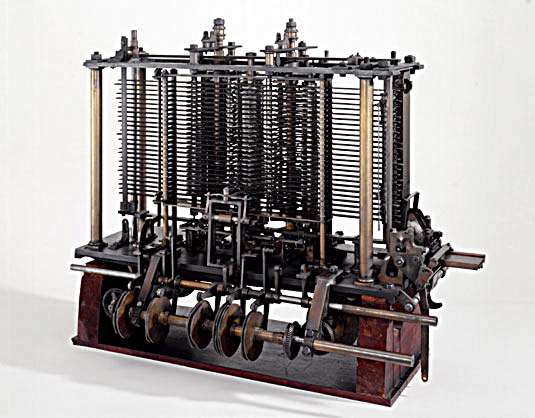| Babbage Archive Digitized |
| Written by Historian | |||
| Saturday, 24 September 2011 | |||
|
Work has started on the digitization of the entire Babbage archive as an initial step in a project to build a working prototype of the Analytical Engine. Charles Babbage (1791-1871) had ideas that were far ahead of his time. Had his Analytical Engine come to fruition in his lifetime it is entirely possible that computer science would have taken hold in the 1880s. The ambitious design for the Analytical engine included a store that could hold between 100 and 1000 values - depending on the memory expansion fitted - each to forty digits! The store was connected to an adder by way of connecting rods and gears. A value could be transferred from the store to the adder, operated on and then returned to the store. The entire machine was controlled by the use of punched cards presented to the machine in pairs making up, a now traditional, operator+address type of assembly language. A printer was the planned output device. A small portion of the machine was completed prior to Babbage's death and another section was added by Babbage's son Henry in 1910 and these succeeded in demonstrating that the principles behind it worked.
The 1910 partial build of the Analytical Engine
Last year John Graham-Cumming launched a project to create a fully-functional implementation of Babbage's original design. By the end of 2010 he enlisted the help of Doron Swade, who, as curator of computing at the Science Museum in London UK, masterminded the project to build Babbage's Difference Engine No. 2. In July 2011 the Computer Conservation Society, which has been involved in many historical computer reconstructions in the UK, accepted the construction of the Analytical Engine into its portfolio of projects, agreeing provide expert advice and assistance to the project. The project's name, "Plan 28", is a reference to Babbage's extensive documentation for the Analytical Engine which, along with his notebooks and other papers were donated by his son Henry Prevost Babbage (1824–1918) to the Science Museum. Now, as the preliminary step to the construction project, the Science Museum has begun to digitise this archive of plans and notes. In the first instance the digitized documentation will be restricted to John Graham-Cumming and Doron Swade for the purposes of Plan 28 and in 2012 will be made available for research purposes and hopefully will have full public availability in due course.
Further readingPlans to build Babbage's Analytical Engine
To be informed about new articles on I Programmer, subscribe to the RSS feed, follow us on Twitter or Facebook or sign up for our weekly newsletter.
|
|||
| Last Updated ( Saturday, 27 January 2018 ) |

